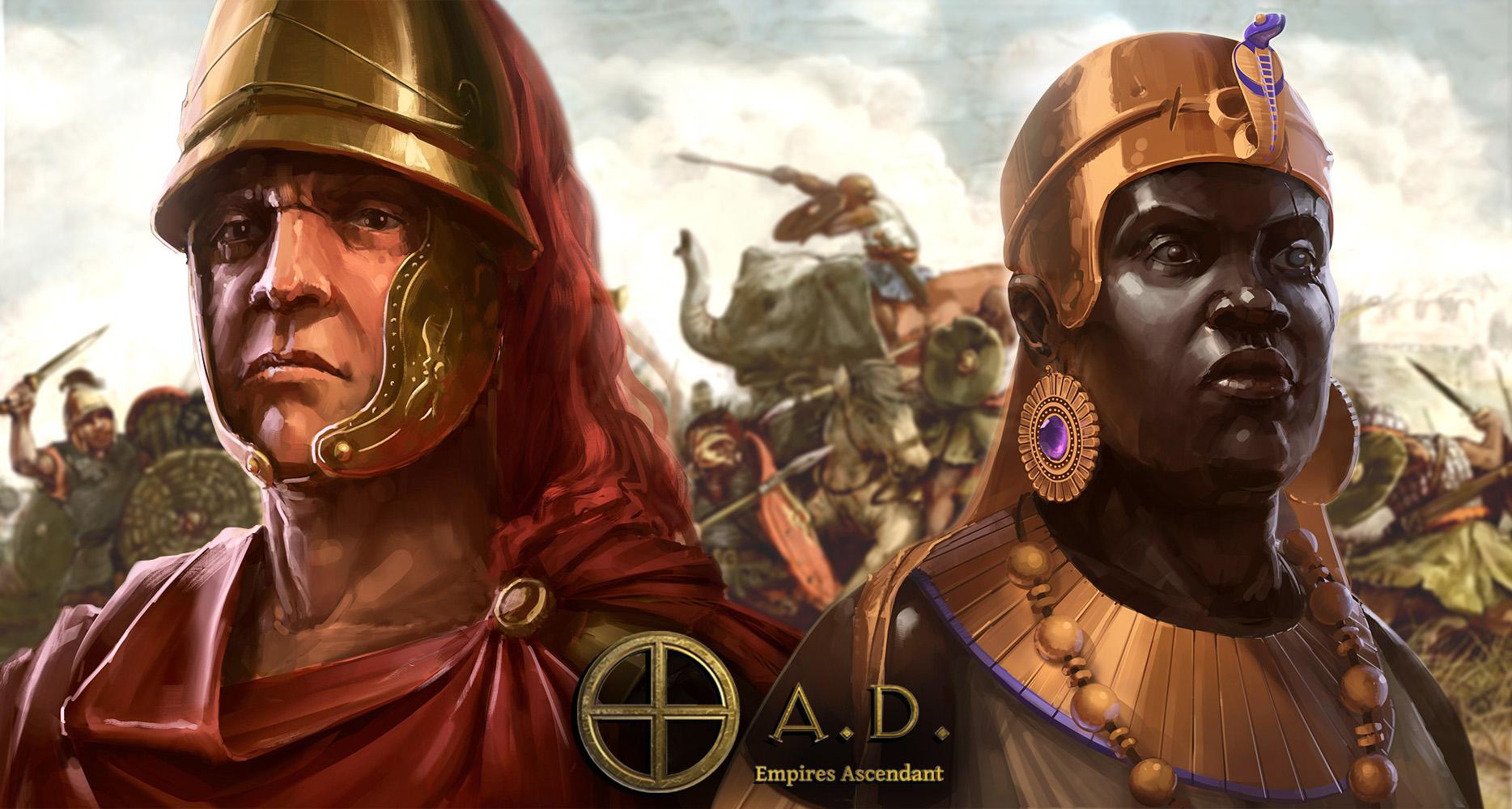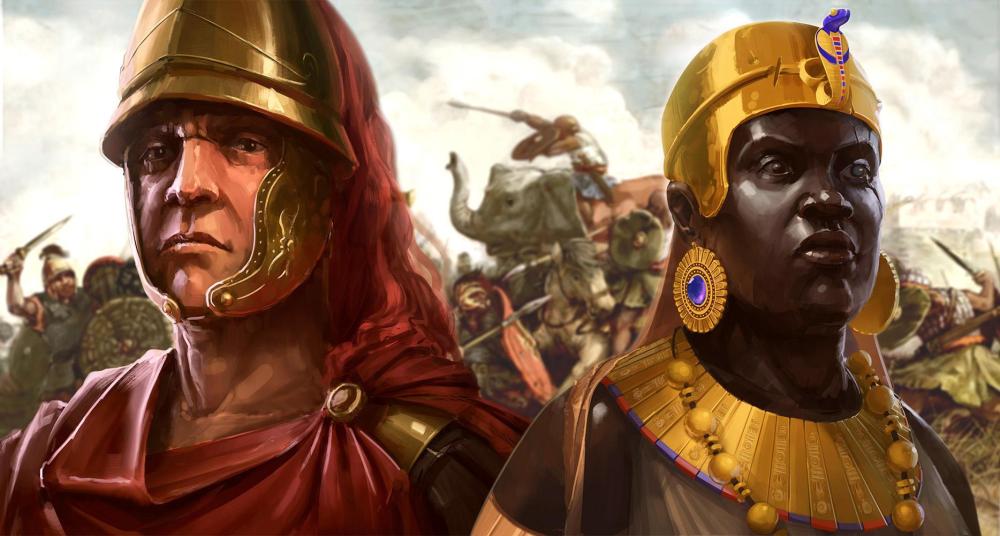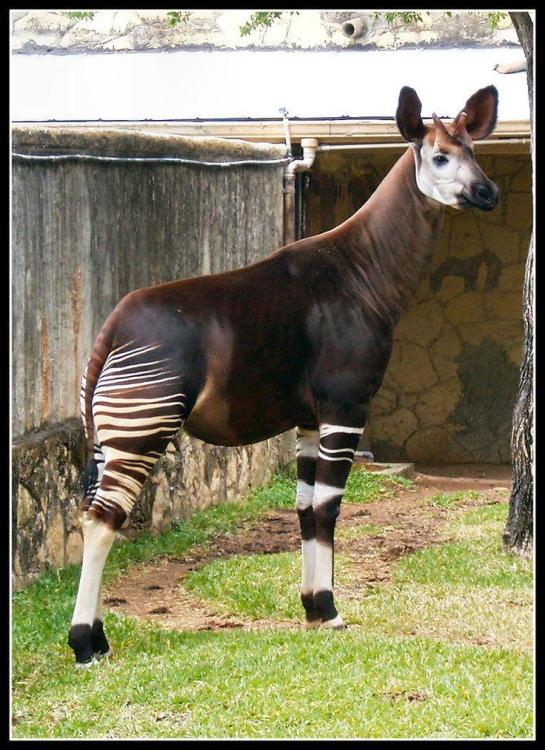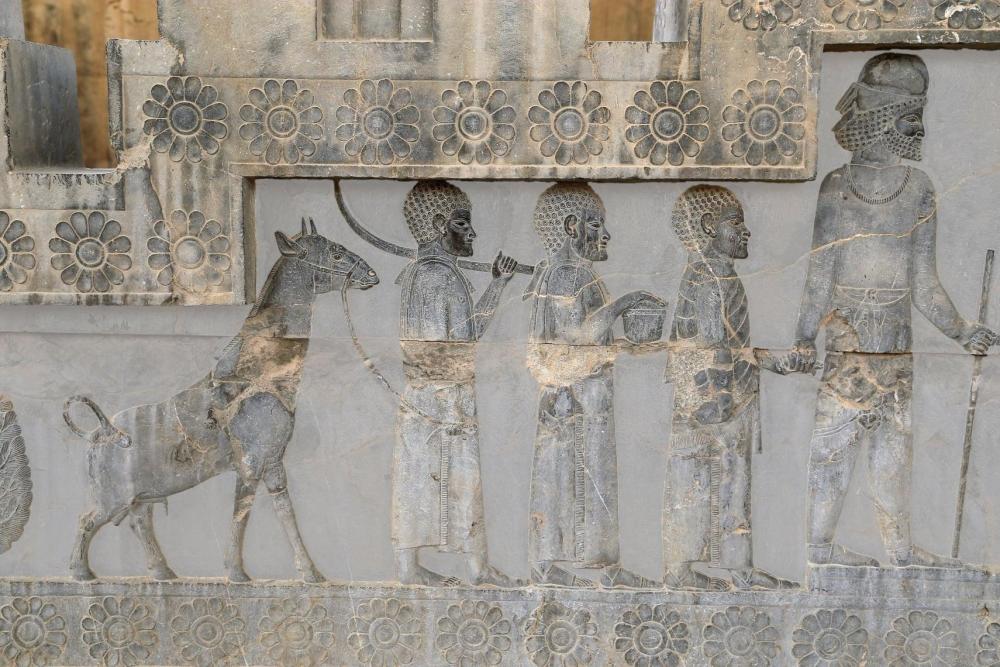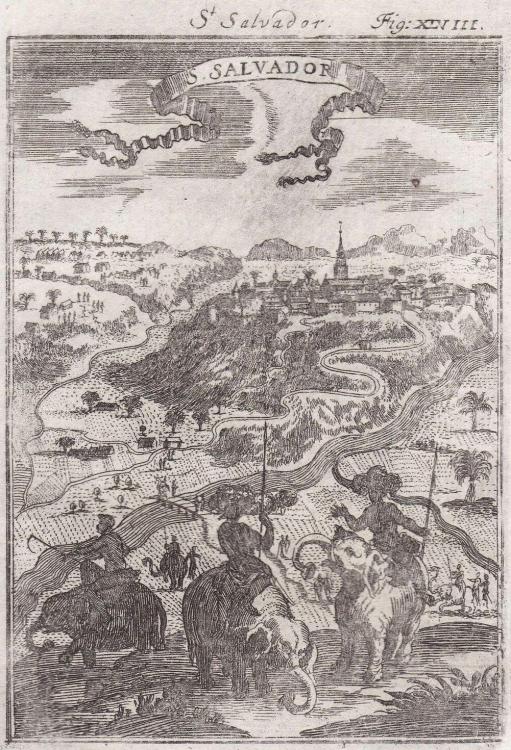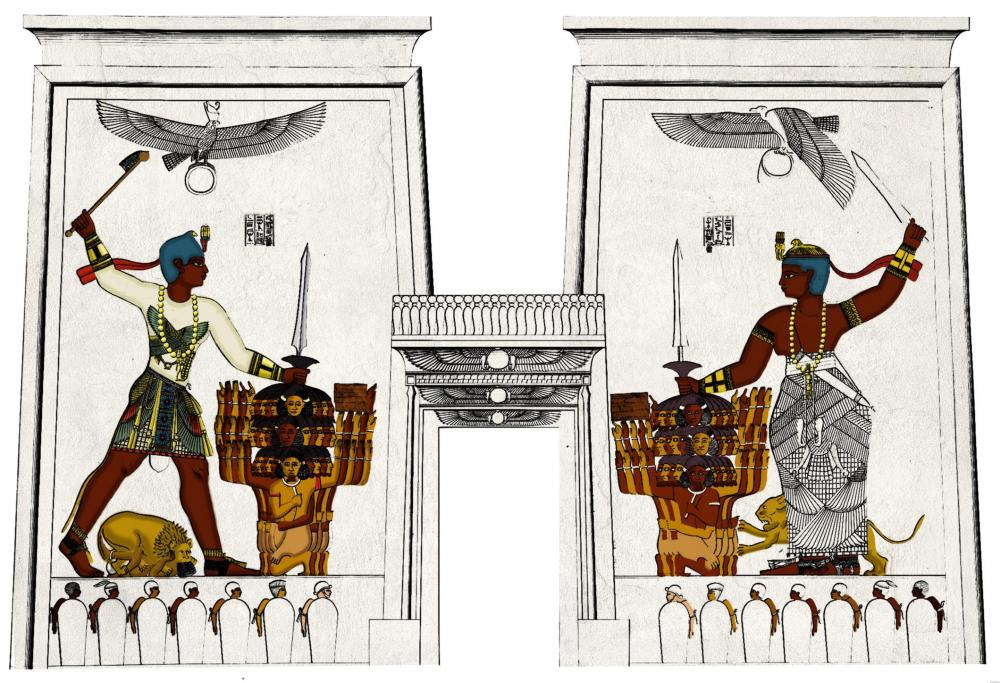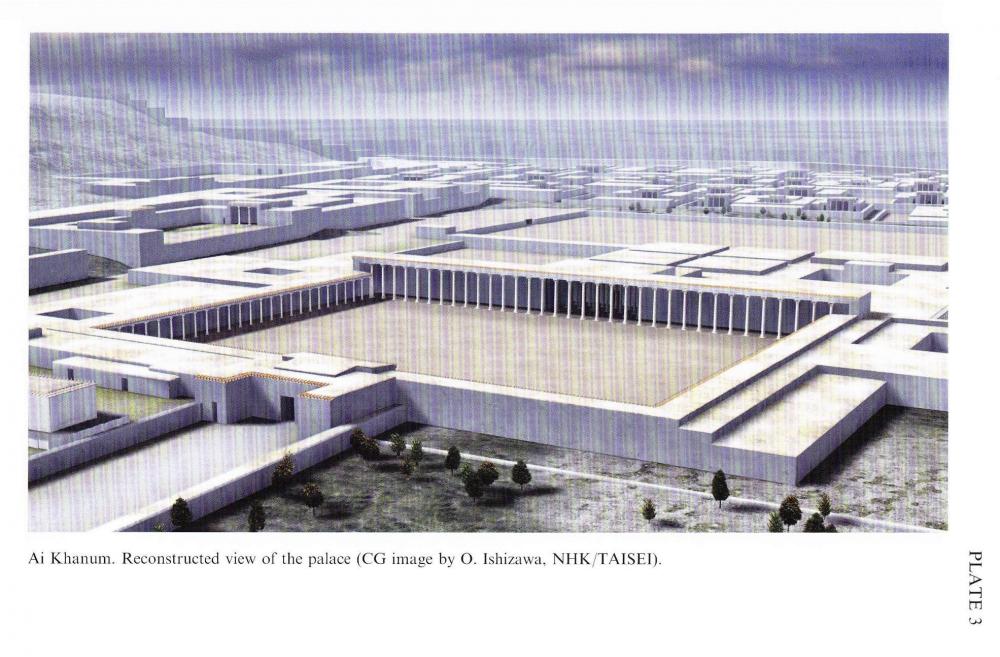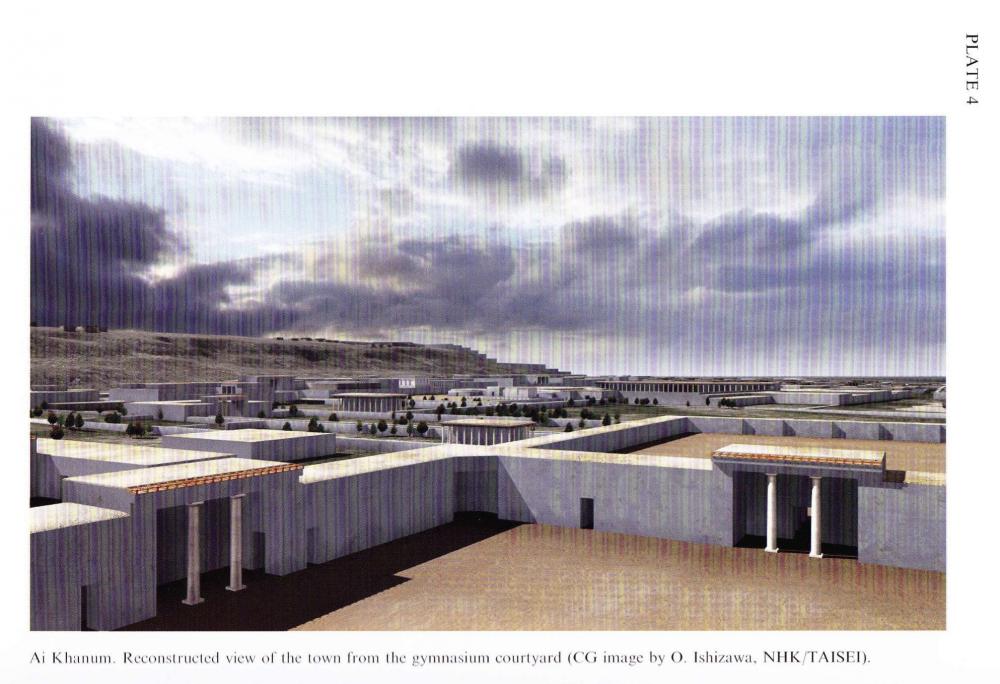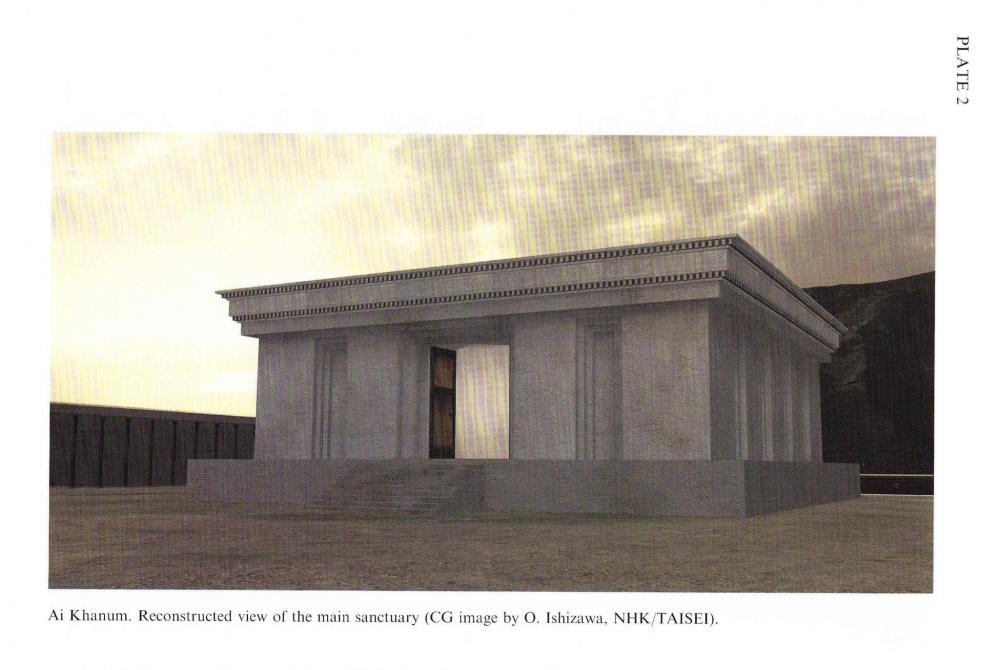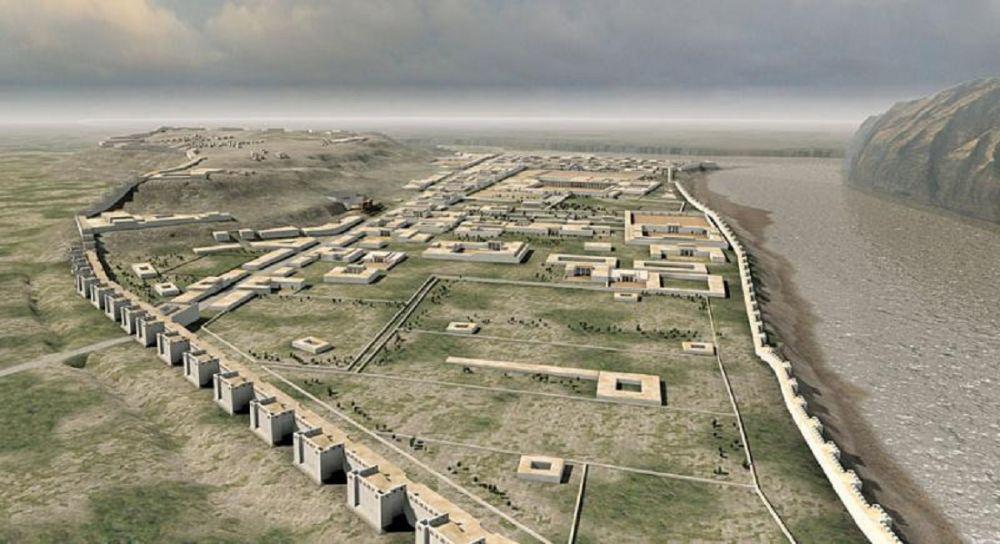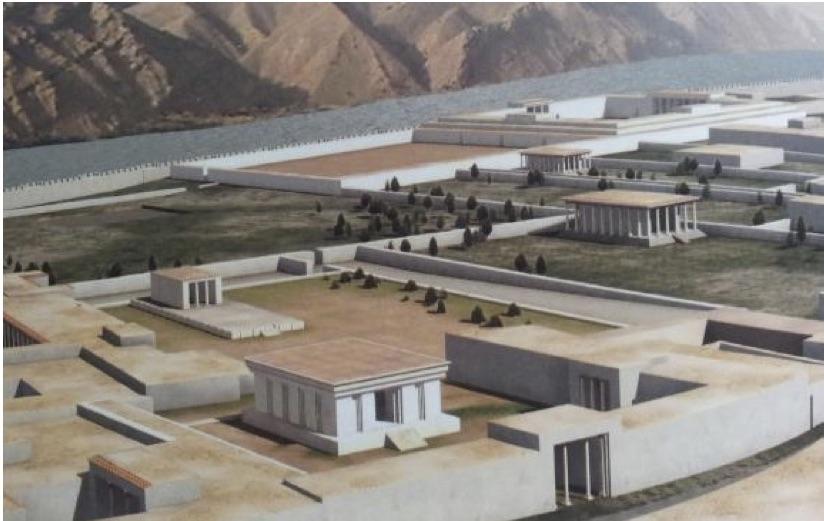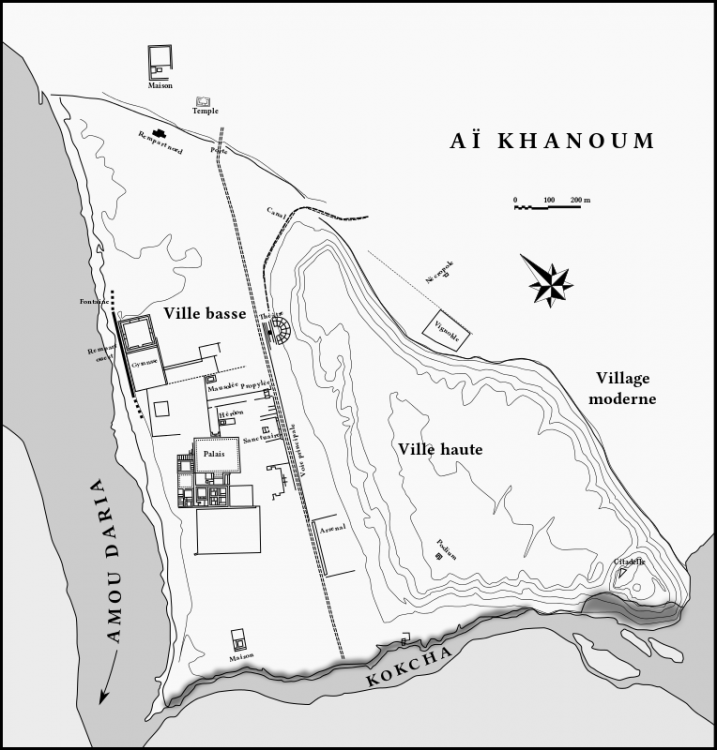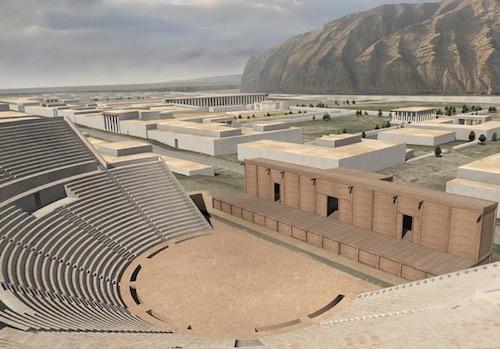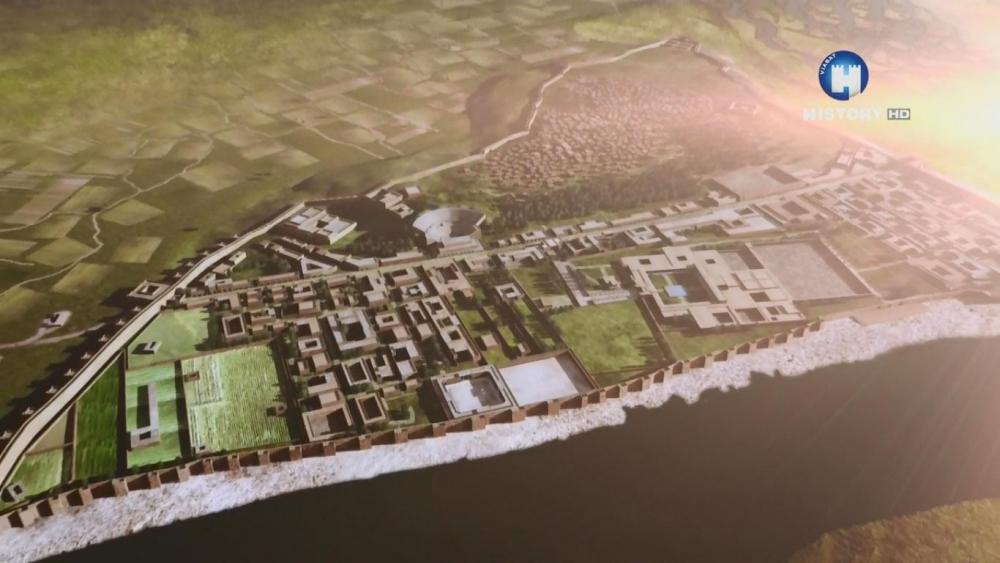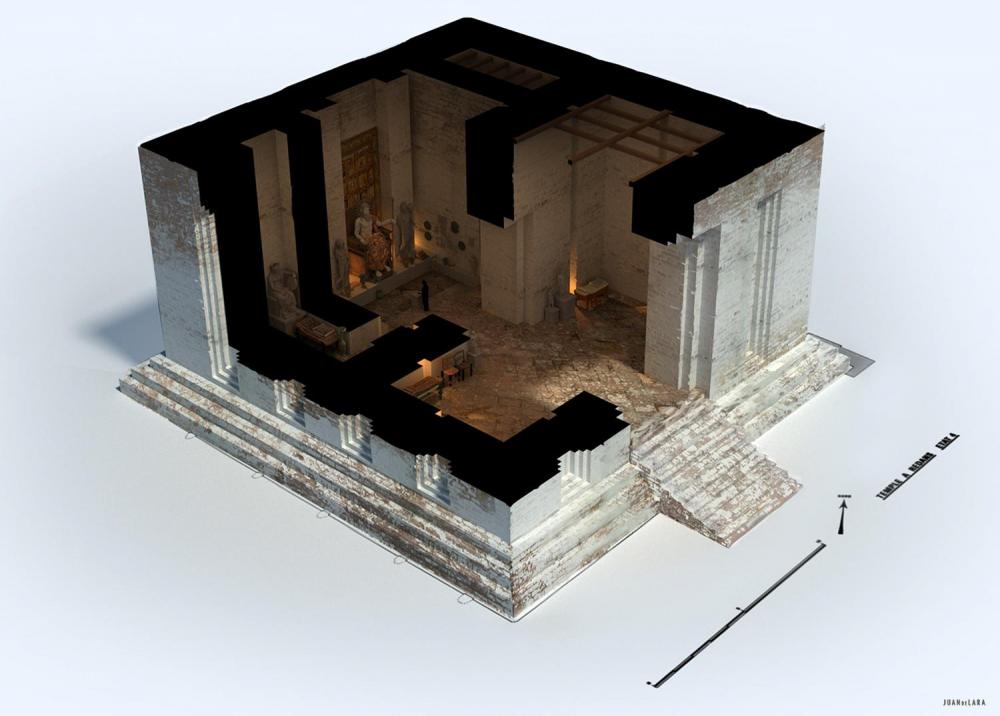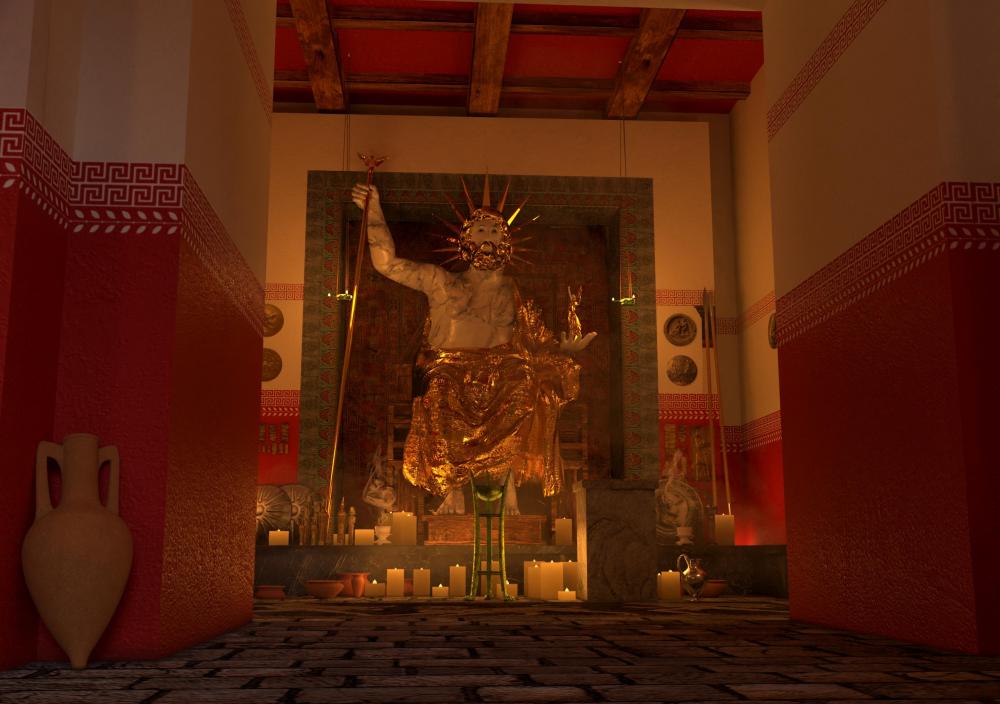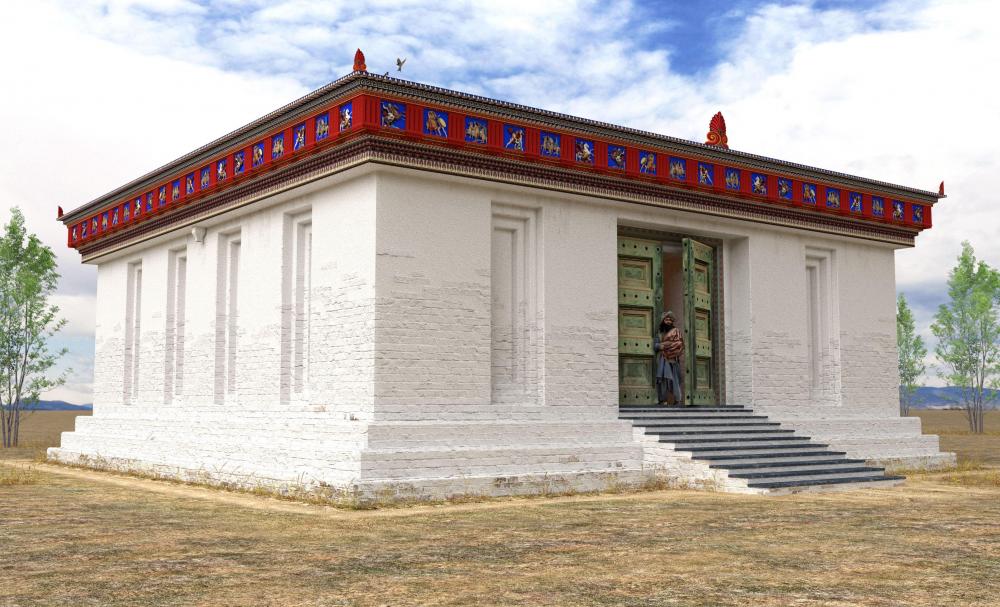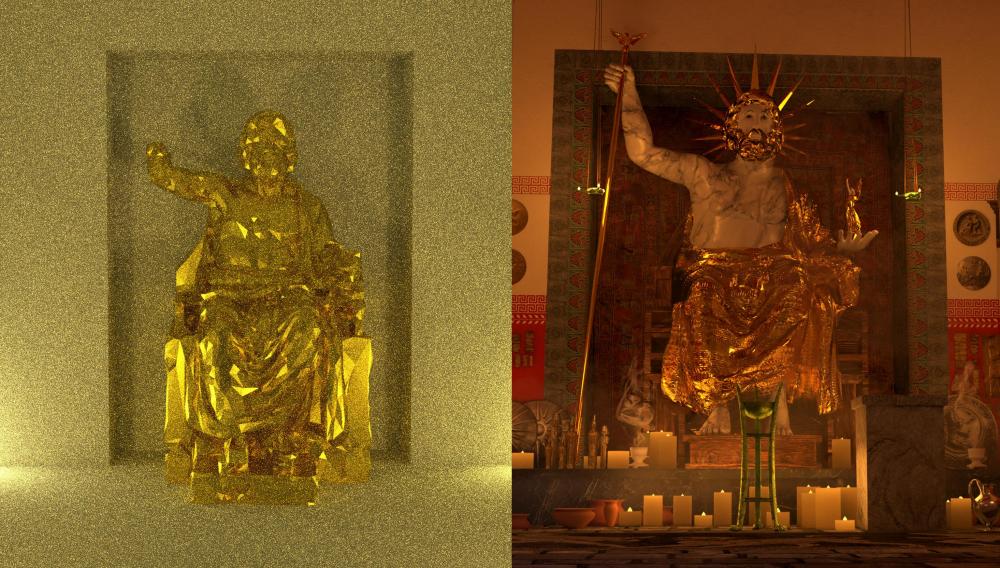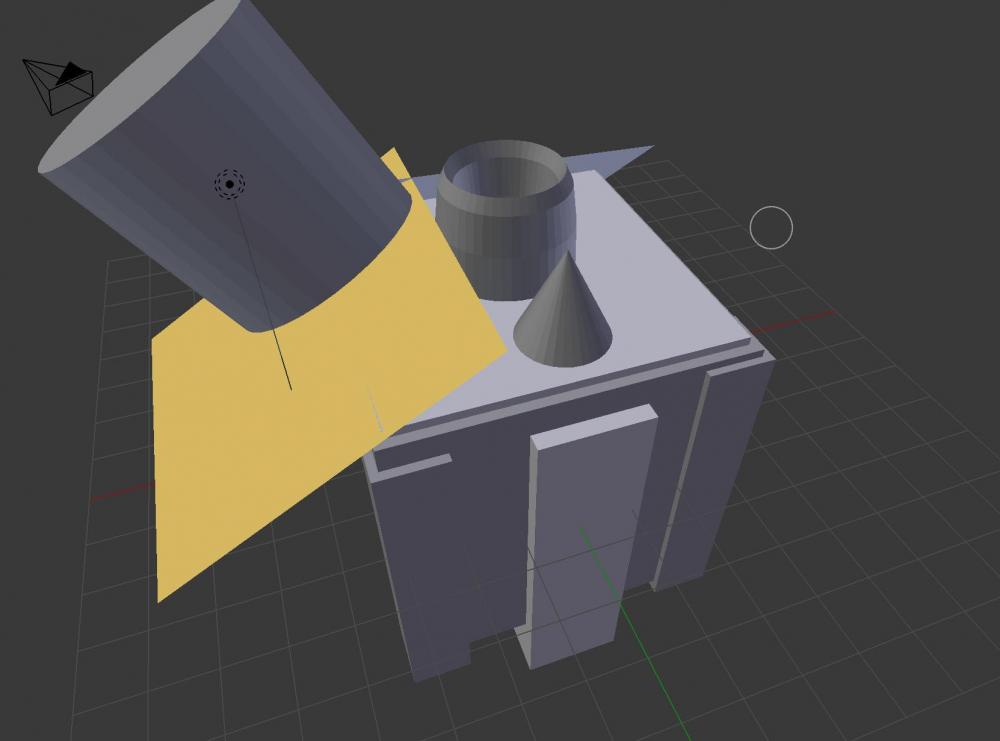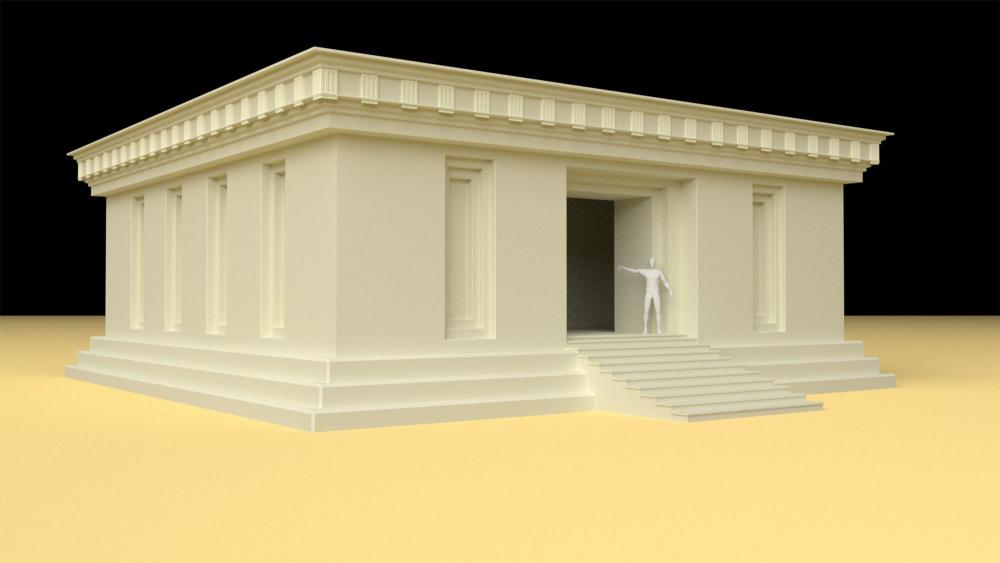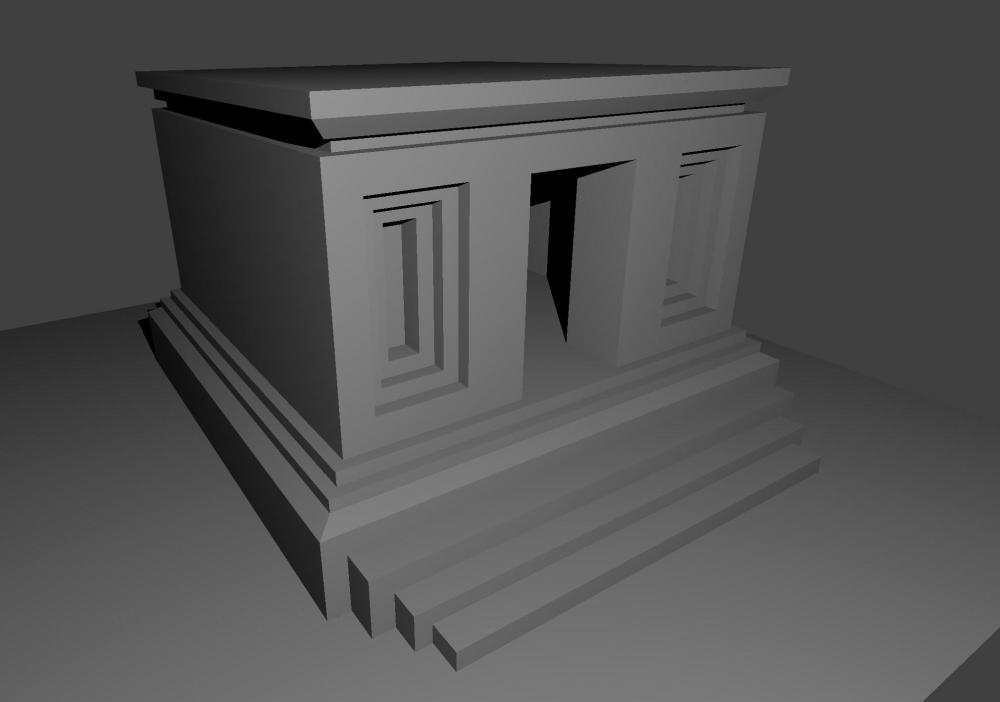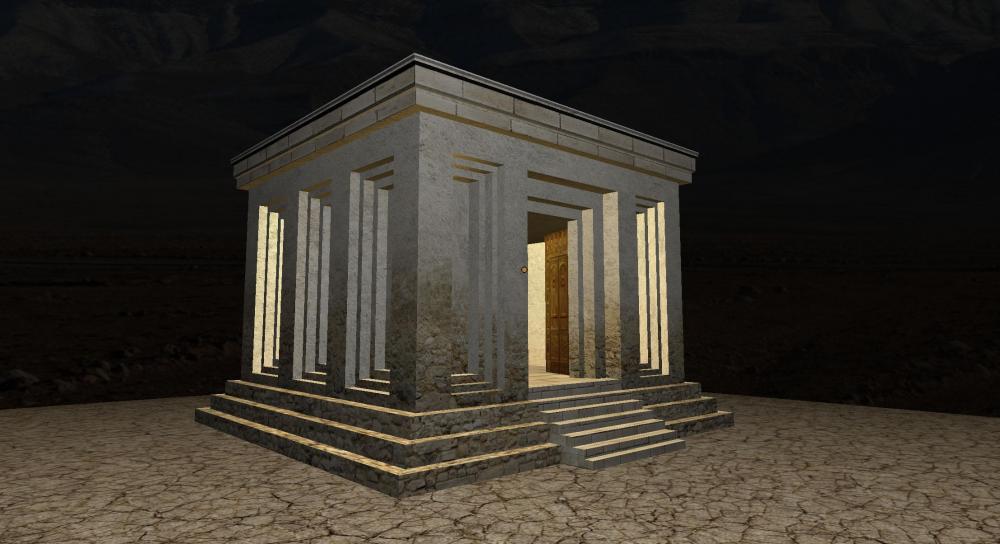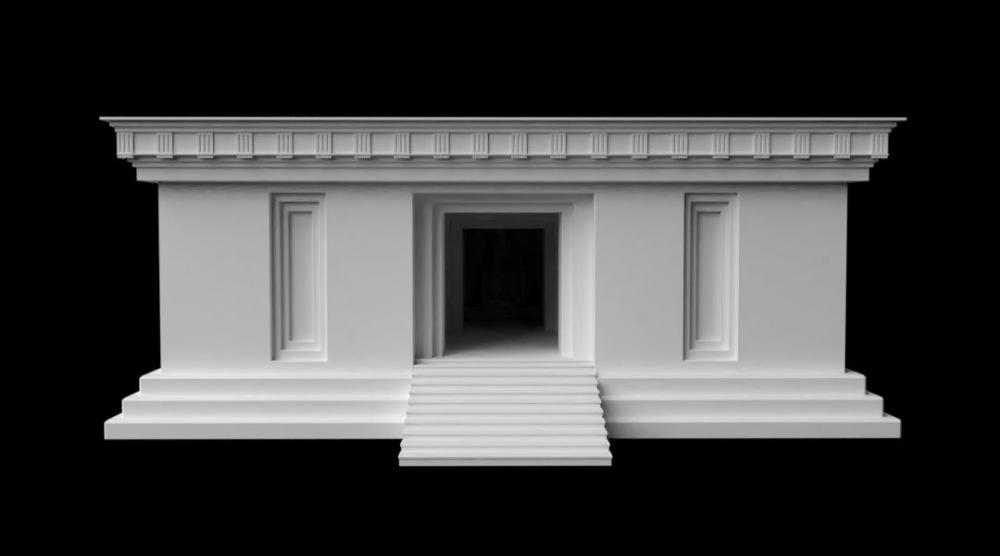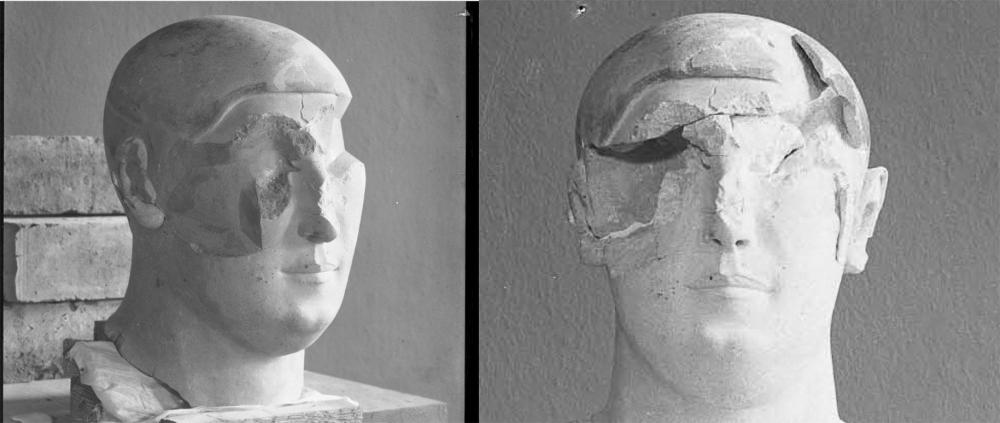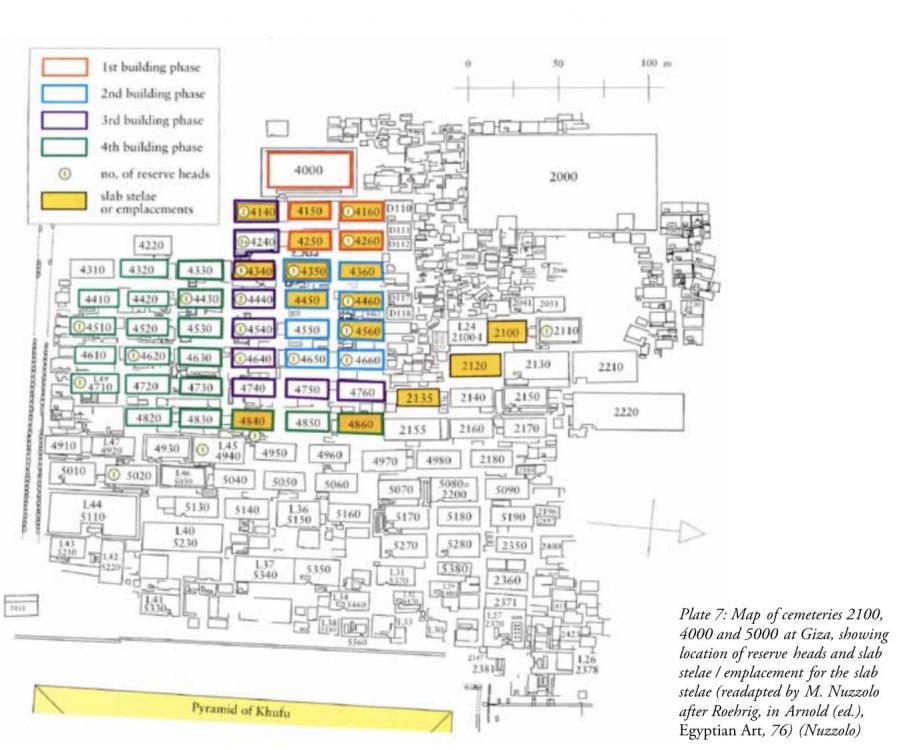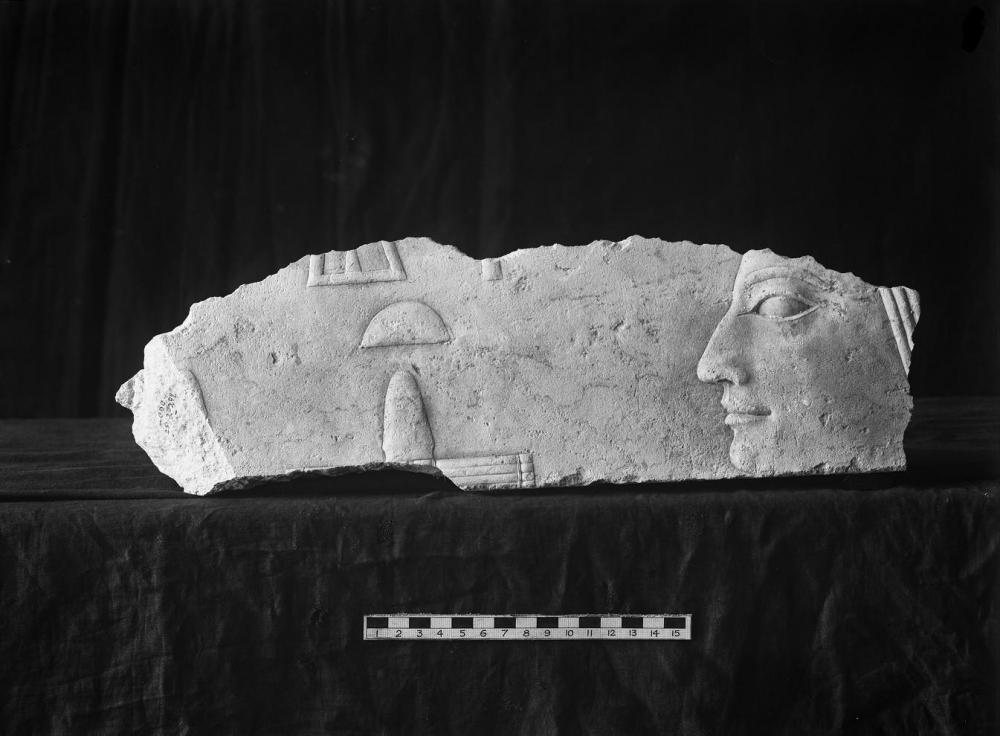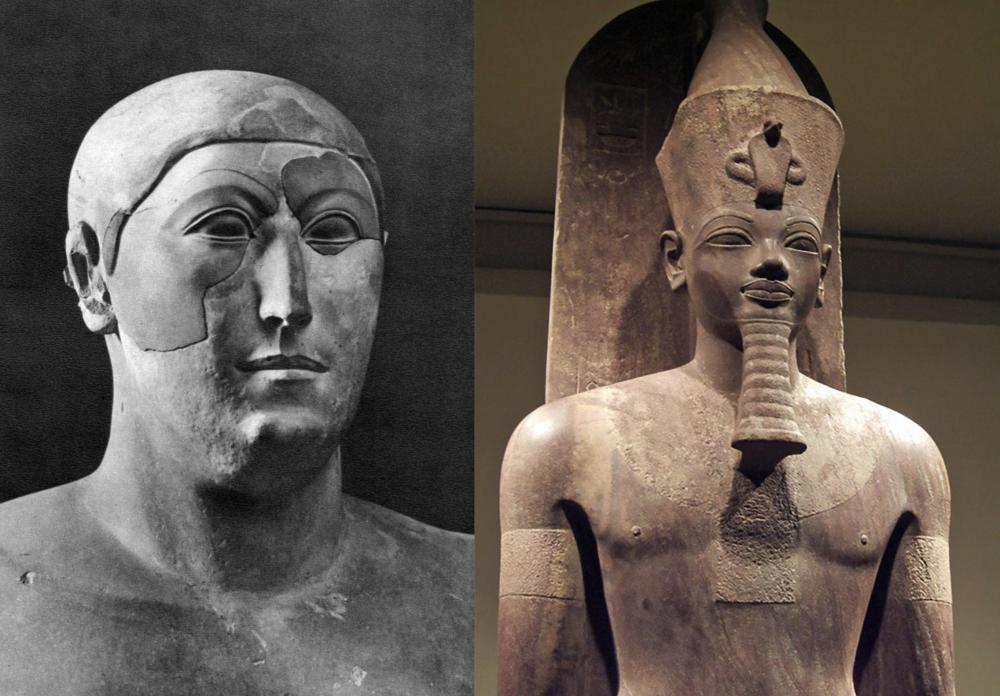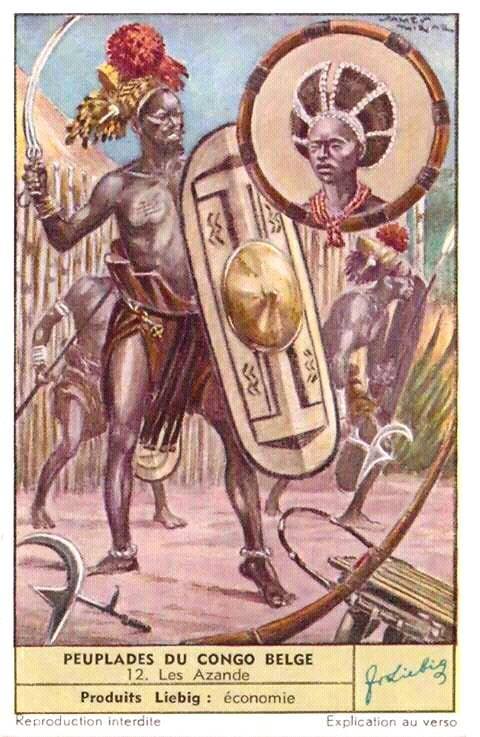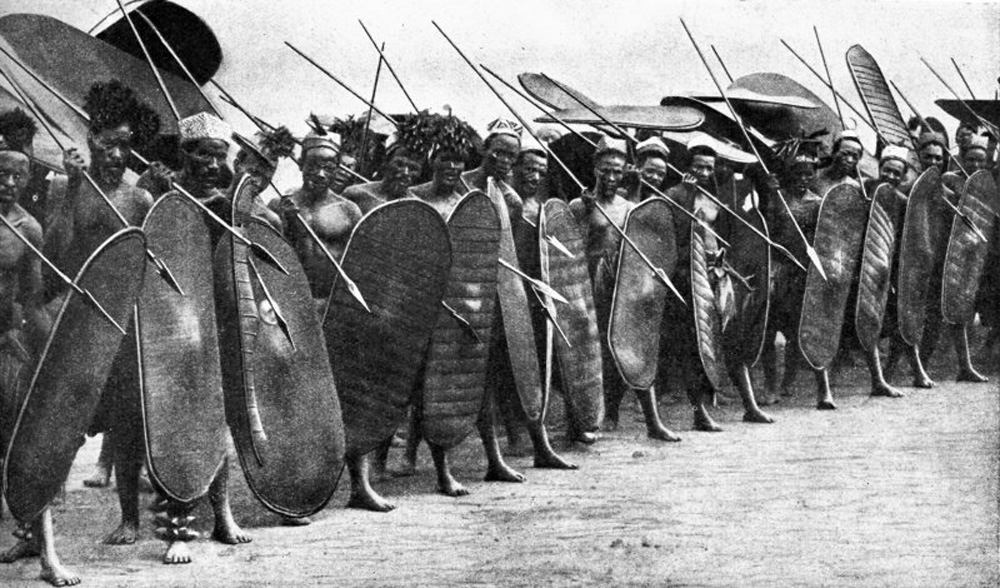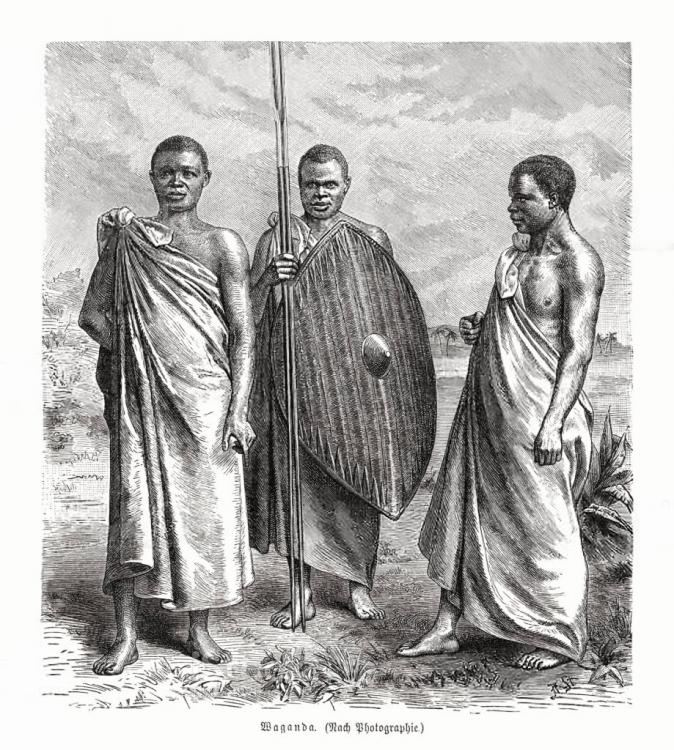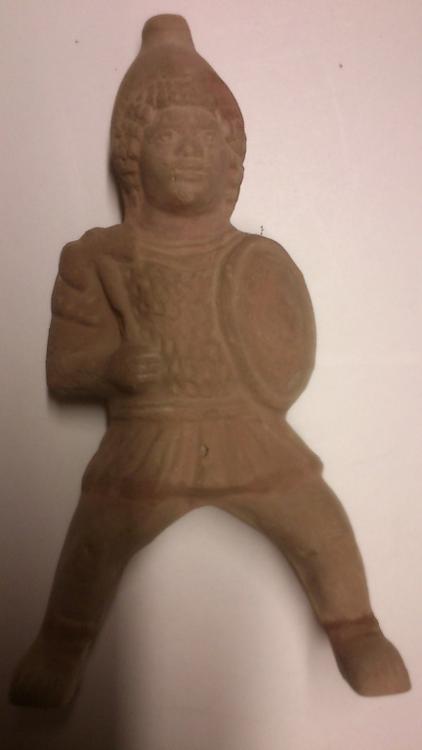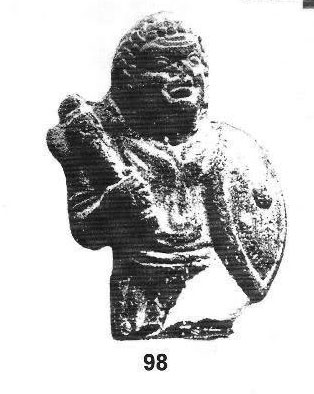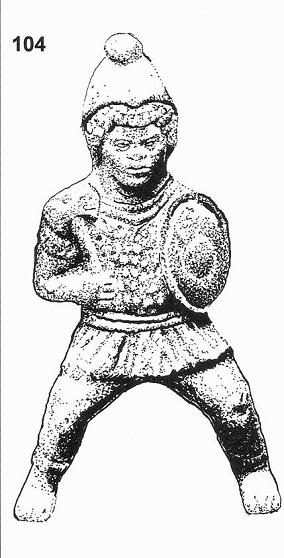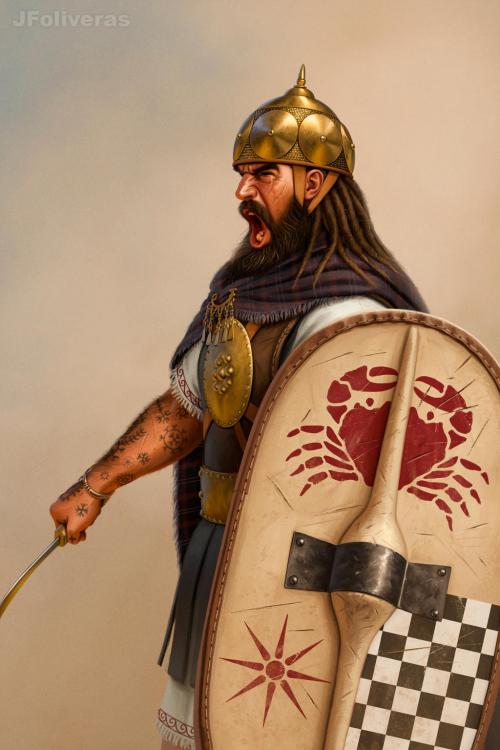-
Posts
2.332 -
Joined
-
Last visited
-
Days Won
60
Everything posted by Sundiata
-
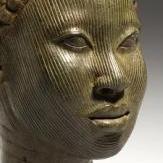
The Kingdom of Kush: A proper introduction [Illustrated]
Sundiata replied to Sundiata's topic in Official tasks
- 1.040 replies
-
- 5
-

-

-
- civ profile
- history
- (and 5 more)
-
By the way, on the argument that Kushites were sourcing exotic animals from regions much deeper into Africa, as far as the then more expansive equatorial rainforests and it's mixed forested periphery, I've recently seen a very interesting claim. On the reliefs of the Persian Apadena, in the scene of the "Aethiopian" tribute bearers, there is a gift of an animal that looks suspiciously much like an Okapi, which nowadays strictly inhabit the equatorial rainforests of northern DR Congo. There are finds of palm oil residue, a product of humid subsaharan Africa, in Ancient Egyptian tombs, so we know there were trade routes linking very far off regions in Africa with the Nile Valley, but could these imports in Meroitic times have also included exotic animals including okapi's and perhaps even forest elephants from South Sudan? Maybe... Anyway, here's an interesting 17h century depiction of elephant mounted warriors near the capital of the Kingdom of Kongo, M'banza-Kongo. Probably/possibly a fantasy, but still interesting Especially in light of the later colonial and post colonial elephant domestication program up-river on/near the Congo river.
-

The Kingdom of Kush: A proper introduction [Illustrated]
Sundiata replied to Sundiata's topic in Official tasks
They used something called "Deben", which is a weight unit used for anything from gold, silver and copper, to grains. Basically, specific weights of gold, silver, copper, grains and probably a bunch of other stuff had specific values. So they didn't need coin. And in a time when people had more time, barter isn't so bad anyway. It "democratizes" trade. Also, Kush just wasn't a monetary society but a theocratic one where loyal subjects would be "paid" in housing, rations and luxury goods, and tributes were levied on items like cattle, grain, gold and ivory. In the Stele of Nastasen, an in-game Hero, we actually find mention of their use of the Deben as a measure for gold, even long after the 25th Dynasty. Excerpt from the "Stela of Nastasen from Year 8. Second half of the 4th cent. BC. Berlin Agyptisches Museum 2268. Urk. III.2, 137-152" "I had many levies go against the rebel country of Mayokue. It resisted me, the rebel country, at the Sycomore-of-Sarsare I caused fighting with it. I caused a great slaughter. I had its chief, Tamakheyta, seized. I caused to be plundered all their women, all the domestic animals, gold: 2000 deben-weight, long-horned oxen: 35,330 (head), livestock: 55,526 all that by which people are sustained." Anyway, random addition to the post: Some really nice Nubian music from Egyptian Nubians in Aswan, just north of the border with Lower Nubia. This would have also been the northern border of the Kushite state for much of 0AD's timeframe. A place where the lines between Kushite, Lower Nubian and Egyptian become so blurred it's difficult to tell them apart.- 1.040 replies
-
- 3
-

-
- civ profile
- history
- (and 5 more)
-

The Kingdom of Kush: A proper introduction [Illustrated]
Sundiata replied to Sundiata's topic in Official tasks
You know, funnily enough, I was experimenting with more appropriate, dedicated textures for Kushite reliefs, including their colors, over a year ago, but never came close to finishing it. I almost forgot... Maybe one day I'll complete it. . By the way, the artist, Joan Francesc Oliveras Pallerols, changed the title of that work from "Kushite Warrior" to "Tribal Levy of Kush", based on my input Either way, it's a pretty amazing piece, like all of his art...- 1.040 replies
-
- 5
-

-
- civ profile
- history
- (and 5 more)
-
Absolutely, it's one of the defining features of the Greco-Bactrian Kingdom, the Indo-Greek Kingdom and to a degree even the Seleucid Empire and the Ptolemaic Dynasty. They weren't just purely Hellenistic impositions, but fusions of cultures and religions. In the Greco-Bactrian and Indo-Greek Kingdom, this could get pretty wild, as you indicated with those Greek Buddhist missionaries for example... Zoroastrianism was also important and there were fire-temples in the Greco-Bactrian Kingdom.
-
Since the city was founded around 280 BC, well after Alexander had come and gone it's definitely not repurposed. Ai Khanoum was full of this stuff. The palace for example followed a very Persian outline, but it featured colonnades capped with Corinthian capitals, and the entablature followed the Doric order, with triglyphs. The other structures included a vaulted, peripteral mausoleum and other more Persian looking stuff. One purely Greek structure I'm aware of was the theatre, carved into a rock face. "Ai-Khanoum (Aï Khānum, also Ay Khanum, lit. “Lady Moon” in Uzbek), possibly the historical Alexandria on the Oxus (Greek: Ἀλεξάνδρεια ἡ ἐπὶ τοῦ Ώξου), possibly later named Eucratidia, Εὐκρατίδεια) was one of the primary cities of the Greco-Bactrian Kingdomfrom circa 280 BCE, and of the Indo-Greek kings when they ruled both in Bactria and northwestern India, from the time of Demetrius I (200-190 BCE) to the time of Eucratides (170–145 BCE). Previous scholars have argued that Ai Khanoum was founded in the late 4th century BC, following the conquests of Alexander the Great. Recent analysis now strongly suggests that the city was founded c. 280 BC by the Seleucid emperor Antiochus I Soter. The city is located in Takhar Province, northern Afghanistan, at the confluence of the Panj River and the Kokcha River, both tributaries of the Amu Darya, historically known as the Oxus. It is on the lower of two major sets of routes (lowland and highland) which connect Western Asia to the Khyber Pass which gives road access to South Asia. Ai-Khanoum was one of the focal points of Hellenism in the East for nearly two centuries until its annihilation by nomadic invaders around 145 BCE about the time of the death of Eucratides I." https://en.wikipedia.org/wiki/Ai-Khanoum Some visual references for Ai Khanoum: Temple with Indented Niches in the foreground: Another reconstruction of the Temple with Indented Niches: And a reconstruction of the Temple with Indented Niches by Juan de Lara: https://juan-de-lara.artstation.com/projects/L0eEk The theatre:
-
I actually made an attempt at a historical reconstruction of a Greco-Bactrian temple in Blender. It's not really finished and I wanted to render a higher quality video, but my laptop will explode if I try. Anyway, you're free to use it as concept art. I just uploaded what I have to Youtube. The Temple With Indented Niches, in Ai Khanoum, Afghanistan, 3rd-2nd century B.C.. Some artistic liberties were taken with those triglyphs and metopes for example. Not entirely without justification, but still a little unlikely, I admit. The interior is also mostly educated guesswork. Some renders: For those of you curious about trying out Blender, here's a quick illustration of my progress: With well over a million tris it goes without saying that this not suited for the game. But it could serve as inspiration for the Greco-Bactrian temple. I'd love to see this faction become part of the game...
-

Funny Relevant Videos and Memery
Sundiata replied to wowgetoffyourcellphone's topic in Introductions & Off-Topic Discussion
-
Yes, a lot of the early Egyptologists were explicitly racist and I addressed this head on, even in my very first post in this thread. The whitewashing done by previous generations of academics does not give us carte blanche to blackwash all of them in the current generation. Two wrongs don't make a right. That statue on the left isn't Hemiunu. That's Akhmeretnesut, "superintendent of the Royal gardens". He's from a different dynasty and the statue was found in different tomb. https://collections.mfa.org/objects/140412 So should we be suspicious of your posts? You obscured the original head prior to restoration with text. Let people judge for themselves if the statue was accurately restored or not: None of those other reserve heads depict Hemiunu and were not found in his tomb, so they have no relevance to the Hemiunu statue or its head, which isn't even a reserve head but the original head, found broken off besides the statue. In this case, G4000 refers to a cemetery, not a single tomb. "G4000" is also used interchangeably with Hemiunu's mastaba, which can understandably cause confusion, but none of reserve heads come from Hemiunu's mastaba, but from other tombs in this fairly large cemetary. The location of all the reserve heads found are depicted in this plan, indicated with small circles. The large mastaba (4000) on top, belongs to Hemiunu, and as you can see, none of the reserve heads come from that mastaba. https://www.researchgate.net/publication/333095517_The_'Reserve_Heads'_some_remarks_on_their_function_and_meaning That's because that fragment was actually found in Hemiunu's mastaba... The 8th picture in this link: http://giza.fas.harvard.edu/sites/999/full/
- 31 replies
-
- 1
-

-
- civ profile
- history
- (and 5 more)
-
@Mentuhotep, you're barely adding anything of value to this thread, and are in fact derailing it. This thread is about the Kingdom of Kush, not about "black Egypt" or whatever. In fact, your posts are irrelevant to almost anything pertaining to this game. This isn't a political forum, and this isn't a forum to have racial arguments. The internet is already full of those, and we try to keep things as civil as possible here. The one argument on which I'll admit you sort of have a point is about the color depicted on Kushite temples. Color is very poorly preserved on Kushite monuments, especially the more southern ones, but from the few surviving examples, varying tones of red (especially darker red) were indeed most commonly used, following Egyptian standards. If you'd just stuck to that argument, no problem, it's a *potentially* valid criticism. But on the other hand, none of the major temples depicted in-game have surviving color on their exterior facades and it's worth noting the famous Kushite granite statues were often deliberately blackened. Yellows are often used for Egyptian gods and goddesses. Kushite women are never depicted yellow. That said, please refrain from further spamming this, or any other thread with your unnecessarily racialized posts. Race is not the focus of our development team. Thank you. @Genava55, not to lend too much credence to our new fellow, but I see this study referenced rather carelessly all over the place. From the very same study you linked: "However, we note that all our genetic data were obtained from a single site in Middle Egypt and may not be representative for all of ancient Egypt. It is possible that populations in the south of Egypt were more closely related to those of Nubia and had a higher sub-Saharan genetic component, in which case the argument for an influx of sub-Saharan ancestries after the Roman Period might only be partially valid and have to be nuanced." The study involved genetic material from only 3 mummies from the New Kingdom, out of 90 mummies. The other 87 were from later periods, post-New Kingdom. None of those 3 older mummies had full genome sequences because the DNA was too degraded. And all the mumies came from a single location 100 km south of the Delta, and was compared to modern DNA from the Delta. This tells us very little about Ancient Egypt as a whole, especially not Upper Egypt or Egypt prior to the New Kingdom collapse. To make it worse, the "Sub-Saharan" samples used for comparison came primarily from the West African Yoruba and Mandinka and Central African Pygmies, instead of Sudanese, or other North East African black populations, which is ridiculous of course... The scientists of that study even acknowledge it themselves when they wrote: "Clearly, more genetic studies on ancient human remains from southern Egypt and Sudan are needed before apodictic statements can be made." Also, "Absolute estimates of African ancestry using these two methods in the three ancient individuals range from 6 to 15%", which isn't even that negligible for people so far up north into Egypt, more than 600 km north of the border of Lower Nubia and almost 850 km north of the border with Upper Nubia, from a bird's eye view. That would be c. 730km and and over 1000km respectively, when following the Nile. I honestly wouldn't have suspected any common ancestry using the proxies they used... Also worth noting that there were deportation events of Kushites (and I presume those perceived to be Kushites), from Egypt, most famously under the Assyrians who bragged about not leaving even one Kushite in the land (definitely hyperbole, but still relevant). Perhaps this illustration will emphasize the pointlessness of a "black vs white Egypt"-debate, which isn't only completely anachronistic, as those modern categories meant next to nothing to ancient Nile populations, but also because Ancient Egyptian identity wasn't a racial identity in the first place but a cultural, religious, linguistic and political one. Egypt has always been a crossroads between North Africa and the broader Mediterranean, the Levant and the Middle East in general, and Nubia and Subsaharan Africa. These guys are both Ancient Egyptians, it's that simple:
- 31 replies
-
- 2
-

-

-
- civ profile
- history
- (and 5 more)
-

The Kingdom of Kush: A proper introduction [Illustrated]
Sundiata replied to Sundiata's topic in Official tasks
"A New Glance at the Portrait of the «Elephant-Bearer» in Meroe", by Alexey K. Vinogradov: https://www.sag-online.de/wp-content/uploads/2017/01/Vinogradov2013_PortraitOfElephantBearerMeroe_MittSAG24.pdf- 1.040 replies
-
- civ profile
- history
- (and 5 more)
-

Blender AddOns, Materials & Tutorials.
Sundiata replied to Alexandermb's topic in Tutorials, references and art help
-
By the way, here is another rather unique variation of those Azande shields. This one is from DRC Congo, but they stretch into southern South Sudan as well: Nice Azande shield wall: The Azande are an 18th century fusion of the Vungara, with a ruling class of conquers known as the Bandia Dynasty or the Ngabandi people. From Britannica: "The Ngbandi came from what is now South Sudan, converging upon and assimilating a number of small groups in their present lands. Ngbandi of the Bandia clan conquered Zande areas in the 18th century, creating a series of states; they assimilated Zande culture and language and are now indistinguishable from that group."
- 529 replies
-
- 3
-

-

-
- delenda est
- terra magna
-
(and 3 more)
Tagged with:
-

0 A.D. Alpha 25 Feature: Biomes, But Not As We Know It!
Sundiata replied to mysticjim's topic in Announcements / News
Amazing work guys! @wowgetoffyourcellphone, wow! -
Go for it! By the way, those type of shields were used as far south as Uganda. There was a Kingdom called Buganda, referred to as Waganda in the older literature (not making this up), who used similar shields (slightly larger): Nubian merc 2000 years earlier with a similarly shaped shield: Those look really great man! The shields remind me a little of another Ptolemaic figurine of a southern mercenary (or police or something), clearly mounted. Almost exactly the same as another such figure I've shared here before:
- 529 replies
-
- 2
-

-
- delenda est
- terra magna
-
(and 3 more)
Tagged with:
-
Idea for an Illyrian swordsman, by Joan Francesc Oliveras Pallerols: He writes: "Illyrian auxiliary warrior at the service of Alexander the Great. The Illyrians were an ancient people that inhabited the north-west of the Balkan Peninsula, along the Adriatic Sea. They were regarded as bloodthirsty and warlike people, influenced by foreign peoples like the Greeks or the Celts. Illyria was also seen as a land of pirates. A contingent of Illyrians accompanied Alexander the Great in his conquest of Persia, after he defeated an Illyrian revolt when he succeeded his father." https://www.artstation.com/artwork/nQ0P2o
-
-
Sure, but it goes a lot further than just stats. For me it's just about accommodating peoples personal tastes as much as possible. More optionality helps with mass appeal, without compromising the actual game. We're still playing the same game, different people just have different ways of reading it.
-
On a personal level, I prefer a light, non-intrusive, intuitive UI, perhaps even modular, easily adjustable, or with tabs, to save space, with lots of tooltips, but especially visual in-game info through animations and damage decals and things like that. Definitely not that mastodon of an AoE III UI. (Nescio probably has different preferences, so opinions differ even among casuals). But I understand competitive desires for as much useful information as possible, with little regard for visuals or sense of immersion. I agree that catering to a variety of preferences where possible is ideal. People like choice/options on how to do things. I think the popularity of @ffffffff's fgod-mod with competitive players speaks for itself. Also hotkey functionality should probably expanded to include all possible use cases, as I saw some complaints about that.
-
How many people actually still play Alpha 23? Serious question. Controversial opinion, but I'm inclined to think that these strong reactions from certain types of players mean that we're actually moving in the right direction. There's definitely still a lot of room for improvement, but that has always been the case for 0AD. Either way, there are always going to be these kind of reactionary responses... I've seen them with almost every Alpha. Alpha 23 was just around for so long that some people got overly comfortable with a broken meta. Even dependent on it. Also, about the archers, the fact that they need to be paired with melee units (meat-shields) to become truly effective is a good thing, right?? Once a sufficient number of melee units reach them, they cut through them like butter. I even saw someone complain about OP archers while he was just massively outnumbered by them... And complaining that everyone has rams is like complaining that everyone has spearmen... Some unit types are more generic by nature.
-
@m7600, indeed, the model is looking fantastic already! Here's a detailed proposed reconstruction of the facade, that I think looks really great and should be useful to interpret Nescio's suggestion:
-

===[Task]=== Add Mahout to Mauryan worker elephant
Sundiata replied to Imarok's topic in Official tasks
@Alexandermb if you're internet connection and schedule allows it, I think this is a job for you (we miss you ) -
I also had this. I just changed the teams back and didn't think much of it, but I don't recall touching team settings either, so maybe it's an error?
-
Yea, admittedly, if the elephant would just be paired with a mahout, I wouldn't have such a problem with it. My problem is just with autonomous animals. I've proposed giving it a mahout myself, several times if I'm not mistaken, and it seemed like such a simple, straightforward fix, but was never done. Can we all agree to give it a mahout? You know, I've noticed the same thing and it can cost you units. Like retreating from enemy area, a certain number of your units will break off and start fighting enemies on the way. Like they just stop and reassign themselves to the nearest enemy. Especially when you have a large group, some of them maybe get a little stuck behind other units, and it just seems to cancel whatever order you gave them. .
-
I'm really still not seeing it. But anyway, obviously the decision isn't up to me. Just sharing my viewpoint on the matter. As I said, giving them a stable from the start would be historically justified, and is a significant civ-bonus in its own right, without being so intrusive as walls.

